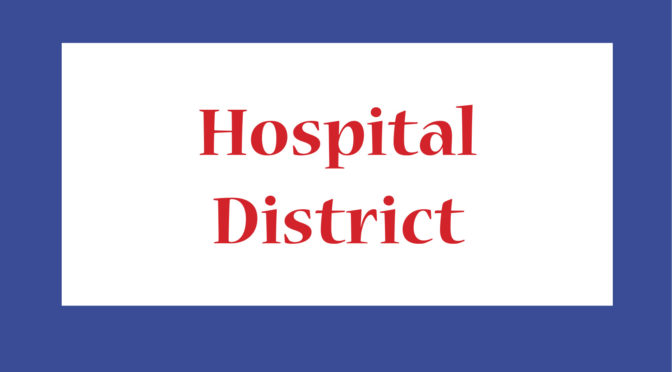by Jackie (Muddy) Bubis
August 23, 2019
The West Custer County Hospital Board had a special meeting on Thursday to give AMR an opportunity to present options for them taking over emergency medical services in the county. They invited the Board of County Commissioners but did not provide reserved seating for the commissioners. When asked prior to the meeting why this was, it was stated this was protocol and that this was “their” meeting. However, as the meeting began and AMR made their presentation, the hospital board and their administrator were very quiet.
The clinic conference room was packed with over forty people with overflow in the hallway.
AMR brought in four of their top people to make this presentation: Scott Lenn, VP of the Rocky Mountain Plains region; Mike Lening, Operations Manager for Pueblo/Cañon City; Jason Knudson, Program Director REACH Air Medical Services Salida Office; and Don Wharton (who flew in from California for the meeting), VP of Combined Global Medical Response (GMR) Growth. (GMR is the merger between AMR and REACH Air Medical.)
The presentation began with an overview of GMR with good information on REACH Air Medical services and their membership program. (This merger means that AMR services include both ground and air medical components.) The presentation continued with what AMR could offer the county. The focus was on AMR being a partner and neighbor who will support the community events, provide education, and build leadership within the EMS service locally. They would work to build up the local workforce, and provide benefits to the employees.
They went on to define BLS vs ALS providers. BLS providers are EMT Basics who are trained in CPR, high level first aid, spinal immobilization, and are trained to give oxygen and a few emergency medications. ALS providers are Paramedics who are trained to do a great deal more than BLS, including advanced cardiac life support, advanced trauma life support, and advanced pediatric care.
Specifics of how a contract with AMR would work
followed.
AMR will hire any qualified staff from the current ambulance service. Since the ambulances here were acquired with grant money, they cannot be sold to AMR but AMR would use them, maintain them, and then replace them when the equipment is no longer usable.
The options provided to the clinic board were:
Ground Option One: AMR will provide 1 ALS Crew (1 Paramedic and 1 Basic) plus 1 BLS on-call crew available 24/7/365. The cost for this contract would be $335,000 plus $52,000 for on-call staff priced at $3/hour for a total of $387,000 per year.
Ground Option Two: AMR will provide 1 BLS Crew and one Paramedic “fly car.” This means the Paramedic will have a fully equipped vehicle (SUV), will go with the ambulance and, if needed, switch with one of the Basics who will bring the SUV back to base. This plan also adds a BLS on-call crew. The cost for this contract would be $561,000 plus the $52,000 for the on-call staff for a total of $613,000 per year.
Mr. Lenn stated that these configurations could be tweaked but that any contract with AMR would cover the entire county, not just within hospital district boundaries. AMR will charge the patient using the same numbers the current ambulance service uses. There was also a discussion of a ground membership – either individual family membership or one covering all residents of the county – which would cover that cost.
The hospital board members asked very few questions but did ask if AMR would do their own dispatch. This question, no doubt, comes from the soon-coming eventuality in which the hospital district will have to pay for dispatch for the ambulance.
There were many questions from the public.
When asked if AMR had ever gone bankrupt and what would happen if they did, Mr. Lenn stated that AMR has never filed bankruptcy and has never been in breach of contract.
Note: County Treasurer Virginia Trujillo provided the current numbers for the mill levy monies to the hospital district. Her office gives the clinic a lump sum for their 7.908 mills. The 2018 total figure (collected in 2019) was $737,040. After some high level math was applied, the figure for the 3 mills for the ambulance service comes to $279,605. The hospital district has also been giving the ambulance an additional half a mill ($46,600). This would mean the ambulance service income (3.5 mills) this year was $326,205.

